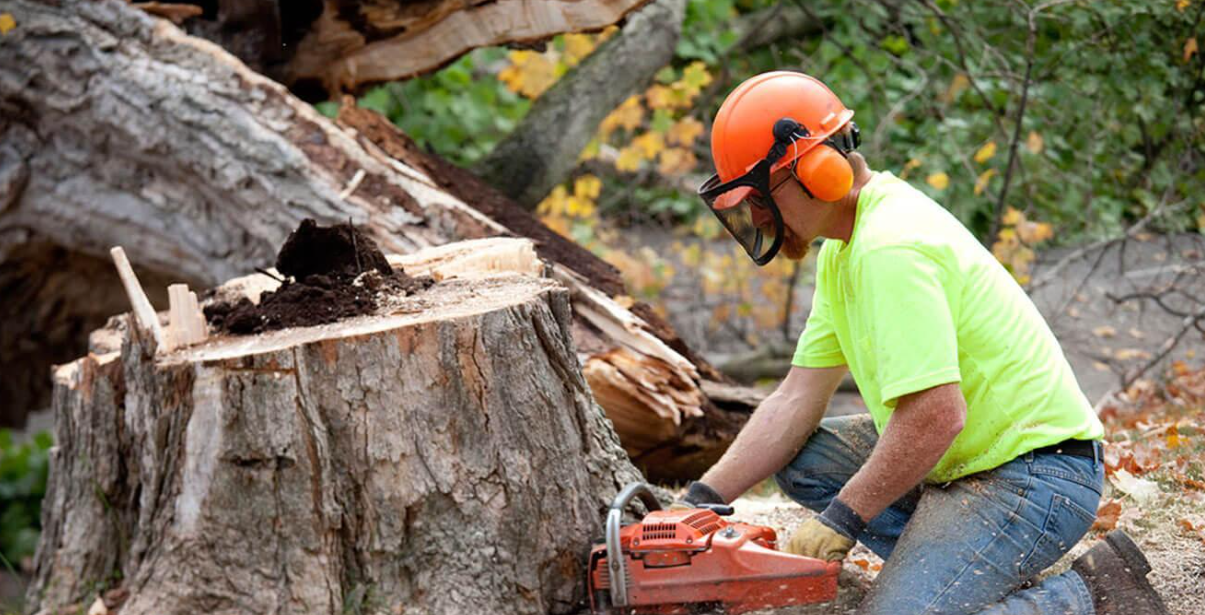Tree removal often evokes a complex tapestry of feelings, intertwining feelings of loss, liberation, and reflection. For numerous individuals, trees symbolize existence, development, and steadiness, serving as silent witnesses to generations of human experience. As we confront the task of tree felling, we may find ourselves struggling with the reality of our decisions, questioning the necessity of such an endeavor and contemplating the consequences it has on our environment and individual experiences.
The care that precedes and follows the felling process is just as significant as the act of felling. Whether it's the careful evaluation of why a tree must be removed or the steps taken to ensure that the space left behind is nurtured and respected, this journey invites us to develop a deeper understanding of our relationship with nature. As we navigate the emotional terrain of tree felling, we discover that it is not merely about the act of removing, but rather about the significance to engage thoughtfully with the surrounding world.
A Ecological Effect of Timber Felling
Timber felling has considerable environmental consequences that extend past the immediate loss of timber. When a tree is cut down, its capability to absorb carbon dioxide is destroyed, contributing to higher levels of GHGs in the atmosphere. This change can exacerbate climate change, impacting weather patterns, habitats, and overall biodiversity. The cutting down of timber also destroys the environment for countless species, leading to a decline in animal populations that depend on these environments for sustenance.
The ground structure can also be adversely affected by timber felling. Timber play a crucial role in maintaining soil health through their root systems, which help to anchor the soil in position and stop erosion. Without trees, the soil becomes more susceptible to erosion by wind and rain, leading to nutrient loss and greater sedimentation in nearby waterways. This can harm aquatic habitats and diminish water quality, further impacting both wildlife and human communities.
Lastly, tree logging affects the local climate by altering temperature and humidity levels. Woodlands act as innate air conditioners, regulating temperature and providing shade. When trees are cut down, areas may see higher temperatures and reduced humidity, which can affect surrounding flora and fauna and result in modifications in local weather conditions. This alteration can have a cascading effect, influencing agricultural practices and the overall health of the environment.
Cultural Importance and Emotional Responses
Tree felling is intimately connected with numerous cultural traditions and values around the world. In many communities, trees represent existence, growth, and stewardship, forming an integral part of community traditions and practices. The act of cutting down a tree often holds a weight of significance, representing not just the end of a natural entity natural but also the transformation of the landscape both in a literal sense and figuratively. This duality makes tree felling a noteworthy and occasionally contentious issue in areas where trees are revered as sacred or critical to local culture.
The affective responses to the act of cutting trees can vary widely depending on individual viewpoints and backgrounds. For certain individuals, the process may evoke feelings of grief or sadness, as they link trees with memories, solace, and aesthetic value. Some people may feel satisfaction or a sense of fulfillment when a tree is cut down for utilitarian purposes, such as making way for farming or building. These conflicting emotions highlight the intricate connection humans have with the environment, where the demand for development and survival often conflicts with a profound respect for the environment.
In contemporary discussions about the practice of cutting trees, the affective process often involves a reckoning with wider ecological concerns. As consciousness of deforestation and environmental shifts grows, the act of cutting down timber can trigger discontent and outrage as communities contend with the impact of such actions. This heightened awareness has led to a stronger emphasis on responsible practices, where tree felling is approached with caution and consideration for the ecosystem. Balancing these emotional responses with the requirement for responsible management of resources marks a crucial aspect of the ongoing conversation about tree care and the role of cut timber place in our lives.
### Eco-Friendly Options and Strategies
As the public grows more conscious of ecological challenges, eco-friendly substitutes for conventional logging methods are becoming more popular. A strategy is selective logging, which involves removing specific trees while preserving the surrounding ecosystem. Such a method minimizes the impact on wildlife habitats and encourages healthier regrowth of forests. By judiciously selecting trees for removal and concentrating on smaller sections, we can maintain ecological balance while meeting our timber needs.
Another viable option is implementing certified sustainable forestry practices. Entities like the Forest Stewardship Council offer standards that ensure wood products are sourced from responsibly managed forests. Such certifications promote methods that safeguard biodiversity, water quality, and indigenous rights. By supporting spez-ag that are certified, thus fostering a market that prioritizes sustainability and the health of forests over the emotional burden linked to logging.

Efforts in reforestation and afforestation are also vital in mitigating the effects of tree felling. Planting new trees not only helps to restore depleted landscapes but also sequesters carbon, fighting climate change. Community-driven initiatives often engage local populations, cultivating a sense of guardianship and bond with nature. By actively participating in these efforts, individuals can feel empowered and connected to the land, turning the typically somber practice of tree logging into a chance for rejuvenation and optimism.
